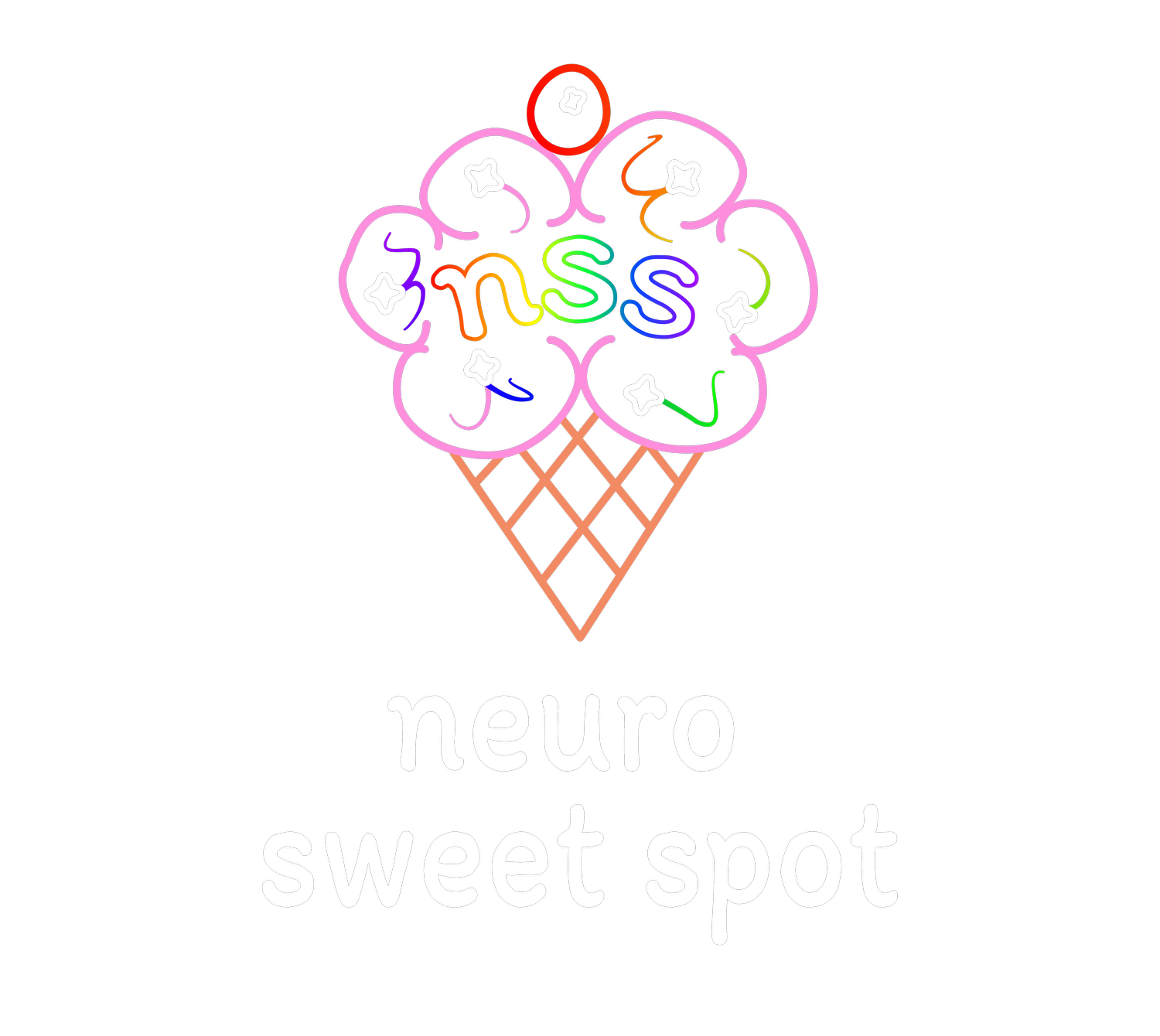
Education and Tools for Parents Learning about Neurodivergence For Their Kids
Helping Your Child Access Their Prefrontal Cortex
(AKA “Captain Brain”)
How to Support Emotional Regulation & Logical Thinking
The prefrontal cortex (PFC) is what we’ll call the Captain Brain—the part responsible for logic, planning, impulse control, and empathy.
The catch? It doesn’t fully develop until around age 25, meaning kids and teens:
🔹 Shift into survival mode faster
🔹 Stay dysregulated longer
🔹 Have a harder time returning to calm
Why This Matters for Parenting
When your child’s Captain Brain goes offline, they may react as if:
🚨 This is the worst thing I’ve ever felt.
🚨 It’s going to last forever.
🚨 I don’t care who I hurt to get out of this feeling.
Even small stressors (like a difficult conversation or unexpected change) can feel like life-or-death threats because their nervous system isn’t distinguishing between real danger and discomfort.
How to Help: Getting Captain Brain Back Online
The goal isn’t to force calm but to help the nervous system shift out of survival mode first. Once the body feels safe, Captain Brain can re-engage.
Step 1: Recognize the Signs of a Dysregulated Brain
Your child may not even realize they’re dysregulated. It just feels normal to them in the moment.
Look for these common stress responses:
💥 Fight: Angry, frustrated, arguing, needing control
🏃 Flight: Anxious, restless, trying to leave or avoid
⏸️ Freeze: Zoning out, shutting down, refusing to talk
🙃 Fawn: People-pleasing, saying “it’s fine” even when upset
When you see these reactions, it’s a sign their Captain Brain is offline and their nervous system needs help shifting back into regulation.
Step 2: Use Body-Based Strategies to Signal Safety
Your child can’t “think” their way back to calm—they have to feel it in their body first.
Try these science-backed regulation tools to help them re-engage their Captain Brain:
🔹 Belly Breathing (The #1 Calming Superpower!)
✅ Breathe deeply into the belly (like inflating a balloon behind the belly button).
✅ Exhale slowly through pursed lips (like blowing bubbles).
✅ This stimulates the vagus nerve, telling the body it’s safe.
How to Help Your Child Practice:
• Have them blow bubbles, pretend to blow up a balloon, or breathe like a dragon.
• Try “hot cocoa breathing” (inhale the imaginary smell, exhale to cool it off).
🔹 Grounding Movements (Because Stuck Energy Needs to Move)
✅ Stretching, shaking out tension, or walking can help reset the nervous system.
Kid-Friendly Ideas:
• “Shake out the stress” (wiggle arms/legs for 10 seconds).
• Try animal movements (stomp like an elephant, stretch like a cat).
🔹 Cold Stimulation (For Fast Nervous System Reset)
✅ Splash cold water on the face or hold an ice pack.
✅ Drink something cold to shift the body out of panic mode.
Kid-Friendly Ideas:
• Give them a cold drink or a popsicle.
• Have them wash their hands with cold water and describe how it feels.
🔹 Humming or Singing (Instant Calming Trick)
✅ The vibrations stimulate the vagus nerve, which naturally calms the body.
Kid-Friendly Ideas:
• Hum their favorite song or sing together.
• Try “bee breathing” (breathe in through the nose, hum on the exhale).
🔹 Tactile Sensory Input (Engaging the Senses to Re-anchor)
✅ Running fingers along fabric, squeezing a soft object, or rubbing hands together helps re-anchor the brain to the present moment.
Kid-Friendly Ideas:
• Give them a fidget toy or a soft stuffed animal to hold.
• Let them play with a textured object (sand, slime, or putty).
Final Takeaways for Parents
💡 Your child’s prefrontal cortex (Captain Brain) isn’t fully developed yet. This makes emotional regulation harder.
💡 When dysregulated, the brain treats small stressors like big threats. Logical thinking is unavailable in the moment.
💡 Regulation starts with the body. You can’t talk them into calm—help them physically feel safe first.
💡 Breathing, movement, and sensory tools bring Captain Brain back online.
When kids learn how to regulate their emotions, they don’t just “behave better”—they build lifelong skills for handling stress, making decisions, and navigating challenges.
So next time your child melts down, remember: they’re not giving you a hard time—they’re having a hard time.
Your role? Help them find their flashlight in the dark. ✨

